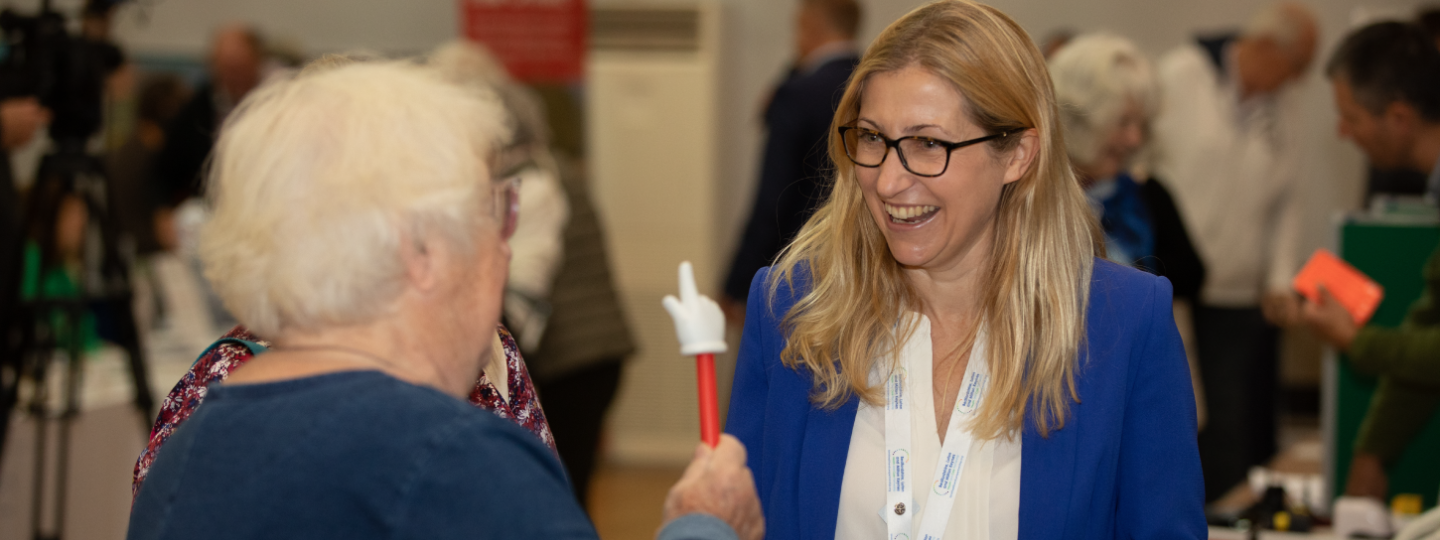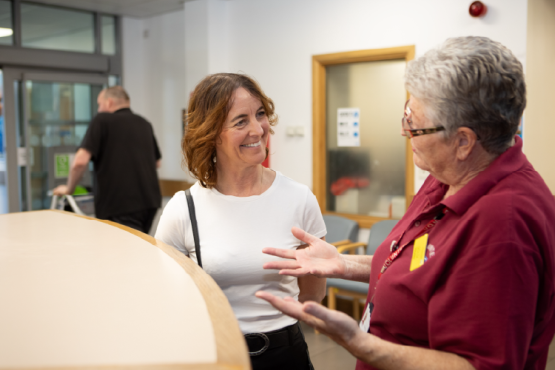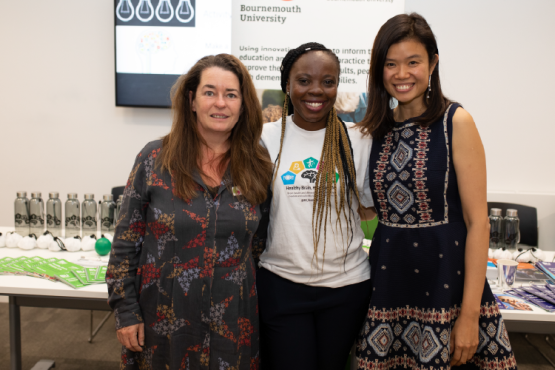What we do
Find out about our role, our plans and our people.
How we help you
If you’ve recently visited your doctor, or local hospital, or used any health and care services in Dorset we want to hear from you.
Whether you’ve had a good or bad experience, we can use your feedback to improve services for everyone and we have the power to make NHS leaders and other care providers listen to what you have to say.
We’re completely independent and impartial and anything you say is confidential. We can also help you find reliable and trustworthy information and advice.
Healthwatch Dorset is part of a network of over 150 local Healthwatch across the country. We work together through Healthwatch England to make sure your feedback creates positive change in health and care nationally as well as locally.
Who are Healthwatch?
Watch our BSL and subtitled video which explains what we do and how your feedback can help improve health and care.
Transcript
You can download a transcript (PDF 54KB) of this video. If you need this information in a different format please get in touch with us.
Advice and information
Find out how we can help you access the support you need to live well.
Visiting local services
We can visit publicly funded health and care services to see them in action and recommend improvements.
How we make a difference
Find out how we use your feedback to improve health and care for you and your community.
Who delivers our service?
Healthwatch Dorset is delivered by Evolving Communities CIC.
Evolving Communities CIC is a community interest company limited by guarantee and registered in England and Wales with company number 08464602.
The registered office is at Unit 2 Hampton Park West, Melksham, SN12 6LH.




